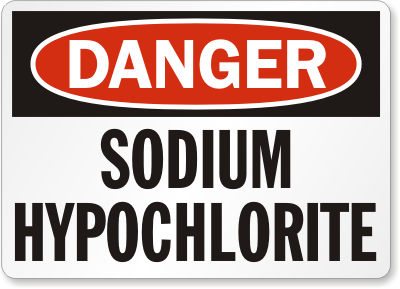Is your water safe to drink & shower in?
"Any swimmer can tell you; Chlorine leaves your skin feeling dry and itchy, makes your hair dry, brittle, and prone to dandruff , destroys the elastic in your swimsuit and bleaches it out. It can cause a rash, or make one worse, irritate your skin, and leave your eyes feeling sore and itchy. If you do not swim very often you are free from the destructive nature of chlorine, right? Wrong. The fact is that here in the USA our municipal water systems are required to add chlorine to our water, and, depending on what is in the water that they are trying to destroy, levels of chlorine can be quite high. Chlorine is a dangerous enemy that dries and damages skin and hair and, when combined with VOCs and DBPs, causes permanent respiratory problems as well. We don't really know what chemicals are in the water we use every day, and these chemicals can attack swiftly and silently. The cure for potential problems lies in pure, filtered water. " -How Using Chlorine to Treat Your Hot Tub Affects You?
FACTS
DO NOT mix household bleach
with acid-containing or ammonia-containing household chemicals (drain
cleaners, ammonia, cleansers). Dangerous amounts of chlorine or other
toxic gases can be released.
Long-term (chronic) effects:
•
Long-term exposure to low levels of chlorine gas is potentially linked
to diseases of the lung (bronchitis, shortness of breath, possible
permanent damage) and tooth corrosion.
• No cancer or reproductive effects have been reported from chronic exposure to chlorine.
-Michigan Department of Public Health Chlorine Fact Sheet
-Michigan Department of Public Health Chlorine Fact Sheet
"No conclusion on the carcinogenicity of chlorine can be made based on the limited
information available from human and animal studies." -EPA
"Chlorine is a primary irritant to the mucous membranes of the eyes, nose, and throat
and to the linings of the entire respira-tory tract (Stokinger 1982). The extent of
acute injury to humans depends on the concentration and duration of exposure as well
as the water content of the tissue involved and the presence of underlying
cardiopulmonary disease (HSDB 1994). The estimated clinical effects of varying
concentrations of chlorine are as follows:
mild mucous membrane irritation at 1-3 ppm; moderate irritation of the upper
respiratory tract at 5-15 ppm; immediate chest pain, vomiting, dyspnea, and cough at
30 ppm; toxic pneumonitis and pulmonary edema at 40-60 ppm; death at 430 ppm for
30 minutes or 1000 ppm for a few minutes (HSDB 1994). Seventy-six individuals, exposed during a football game when
approximately 1100 pounds of chlorine gas were released from a plant, suffered no
serious or prolonged incapacitation due to the release (HSDB 1994). If one survives
acute exposure to chlorine, recovery is usually complete and rapid
(U.S.EPA 1989)." -Environmental Protection Agency / CHEMICAL SUMMARY FOR CHLORINE
How people can get more information about chlorine
People can contact one of the following:
- Centers for Disease Control & Prevention: Facts about Chlorine
- Regional poison control center: 1-800-222-1222
- Centers for Disease Control and Prevention
- Public Response Hotline (CDC)
- 800-CDC-INFO
- 888-232-6348 (TTY)
- E-mail inquiries: cdcinfo@cdc.gov
- Public Response Hotline (CDC)
- Centers for Disease Control and Prevention (CDC), National Institute for Occupational Safety and Health (NIOSH), Pocket Guide to Chemical Hazards

No comments:
Post a Comment